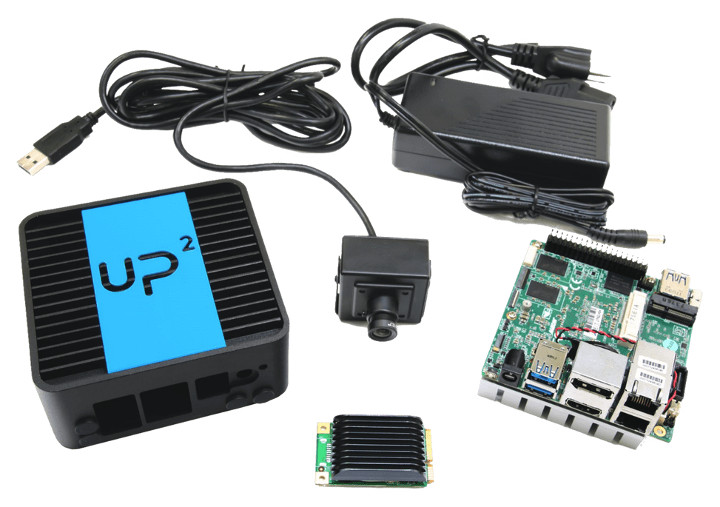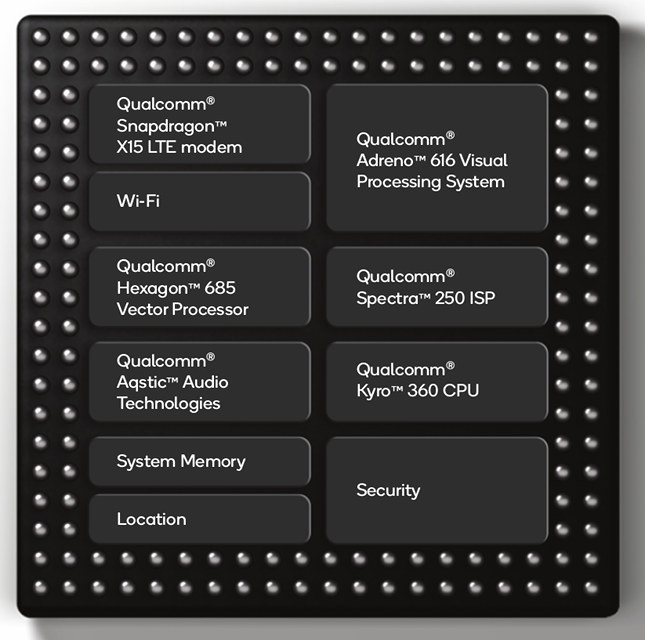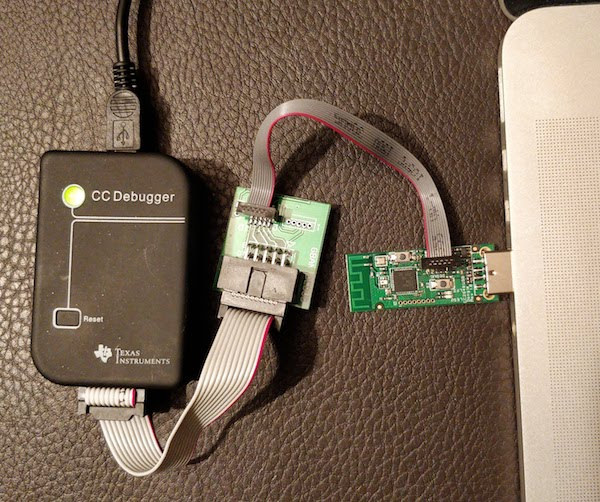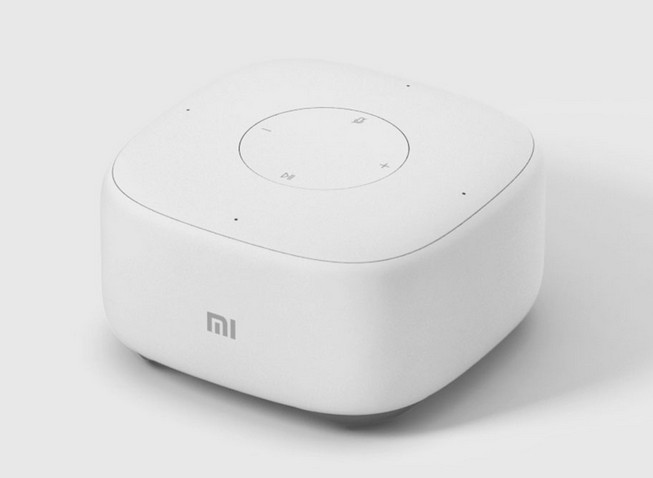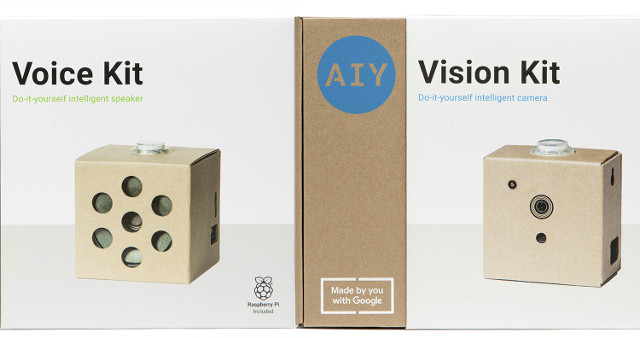Back in February of this year, AAEON introduced their UP AI Edge family of products with UP AI Core mini PCIe card based on Intel Movidius Myriad 2 VPU (Vision Processing Unit), and UP Core Plus board powered by a choice of Apollo Lake processors, and supporting AI Plus FPGA and AI Net Ethernet expansion boards. The company has now launched a Kickstarter campaign for those boards, and added several new products including Vision Plus with three Movidius Myriad 2 VPUs, AI Core M2 with two Movidius Myriad2 VPU in M.2 2280 form factor, as well as the Up Squared AI vision development kit for OpenVINO toolkit. I won’t go through the products announced in February, but let’s have look at the new boards and cards. Vision Plus Board Vision Plus Specifications: VPU – 3x Intel Movidius Myriad 2 VPUs with 512 MB DDR Connectivity – 1x Gigabit Ethernet USB […]
Qualcomm Snapdragon 710 Brings AI To Mid-Range Smartphones
Neural processing units (NPU) – also called Neural network accelerators (NNA) – can now be found in all premium smartphone SoCs in order to assist with artificial intelligence applications such as object recognition, face unlock, and better photography. There seems to be a trend now to add such AI accelerators into what some refers to as mid-range premium smartphones, and Qualcomm Snapdragon 710 mobile platform is another of those processors placing itself between mid range Snapdragon 600 series and premium Snapdragon 800 series. Qualcomm Snapdragon 710 mobile platform (SDM710) specifications: CPU – 8x Qualcomm Kryo 360 CPU @ up to 2.2 GHz (in two clusters) GPU – Qualcomm Adreno 616 Visual Processing Subsystem supporting OpenGL ES 3.2, OpenCL 2.0, Vulkan, DirectX 12 DSP – Qualcomm Hexagon 680 DSP with 3rd Gen Qualcomm Hexagon Vector Extensions (HVX), Qualcomm All-Ways Aware Sensor Hub Memory I/F – LPDDR4x, 2x 16-bit up to 1866MHz, 8GB […]
UMIDIGI Z2 Pro is one of the first Smartphones based on MediaTek Helio P60 SoC
MediaTek unveiled Helio P60 Cortex A73/A53 processor with AI HW acceleration a few months ago, and we were promised smartphones would start selling in Q2 2018. Mediatek’s partners seem to be right on schedule, as several MediaTek Helio P60 smartphones have now been announced, including UMIDIGI Z2 Pro, which we’ll cover in this post. Specifications for UMIDIGI Z2 Pro smartphone: SoC – MediaTek Helio P60 big.LITTLE octa-core processor with four Arm Cortex-A73 up to 2.0 GHz, four Arm Cortex-A53 up to 2.0 GHz, Arm Mali-G72 MP3 GPU at 800MHz, and a multi-core AI processing unit System Memory – 6GB RAM Storage – 128GB flash, micro SD slot up to 256 GB Display – 6.2″ FHD+ (1080 x 2246) display with 403 PPI Camera 16MP + 8MP rear camera, 5-element lens, Samsung sensor, dual LED flash, face recognition 16MP + 8MP front-facing camera, ƒ/2.0 aperture, Sony sensor, face recognition Video recordings […]
Two Interesting Projects on Github: Zigbee to MQTT bridge & “Deep Painterly Harmonization”
Hey Karl here. I thought I would try and showcase some GitHub projects that I run into that seem interesting or fun. This week I will start out with 2 projects. Zigbee to MQTT bridge The first one today is a Zigbee to MQTT bridge. Previously we did a couple articles with 433MHz bridges for home automation, a diy RF bridge and one by Sonoff. This bridge is similar but with Zigbee. Unfortunately 433MHz typically have one way communications, and when a message is sent there is no response and the system has to assume the message is received. Zigbee is a 2 way protocol and an acknowledgement can be sent back. The code is moving fast right now and blowing up my GitHub notices. It is a little bit of a mystery on how this works right now with the parts list, but seems to be working for some […]
AAEON Releases an Intelligent Vending Machine Development Kit based on UP Board
UP board is a low cost development board powered by an Intel Atom x5-Z8350 Cherry Trail processor with 1GB to 4GB RAM, and 16 to 64GB eMMC flash that mostly follows Raspberry Pi 3 form factor. AAEON is now offering an “intelligent vending development kit” featuring UP board together with a vending machine controller (VMC) board, a motor for the machine’s internal mechanisms, a camera, a QR Code device, and all the necessary cables, as well as optional WiFi and Bluetooth modules. Some details about AIOT-MSSP01 Mini SSP Vending control board: “Intel Intelligent Vending Based” Motor Control – 24V or 12V, Supports GPIO, DC, PWM Type, Supports up to 160 DC Motors Support LCD and Keypad Feature I/Os Vending machine specific interfaces / standards 1x MDB (MultiDrop Bus) 1x DEX (Digital EXchange) 1x Protocol A (EXE) 1x 1-WIRE 4-channel ADC x 1 4-channel Relay GPIO for 12V & 5V by […]
Eufy EverCam Full HD Waterproof WiFi Security Camera Works for Up to a Year on a Single Battery Charge
Wired security cameras can be troublesome to installed due to the cabling required, but luckily there are solutions to avoid all those long cables with solar powered IP cameras, or battery powered IP cameras. A few years ago I wrote about Immedia Blink WiFi HD camera that claimed to last a year on a charge, and despite several complains on Kickstarter, they seem to still be in business. There’s now a more advanced model by Eufy – an Anker brand – that supports 1080p video recording with motion sensing and face recognition, that also lasts up to one year on a charge, and offers free storage. Eufy EverCam specifications: Resolution – 1080p Video Format – H.264 High profile Image Sensor – Sony Exmor IMX323, 1/2 9-inch Field of View (FoV) – 140° Night Vision Range – up to 10 meters Digital Pan & Zoom – Yes, up to 8x Motion […]
Xiaomi Mi AI Speaker Mini Smart Speaker is Selling for $27 (in China)
Smart speakers are becoming cheaper and cheaper, and in the US and some other countries, Amazon Echo Dot can be purchased for under $50. But Xiaomi has come up with an even cheaper model – for the Chinese market – with their Allwinner R16 based AI Speaker Mini that has just launched for 169 RMB, or about $27, in China. XIaomi Mi AI Speaker Mini specifications: SoC- Allwinner R16 quad core Cortex A7 processor @ 1.2 GHz System Memory / Storage – TBD Speaker 1.5″ 4Ω speaker Frequency Range – 140Hz – 20000Hz Speaker sensitivity – 78dB/m/W Maximum output power – 2W 4x Microphones Connectivity – 802.11 b/g/n WiFi, Bluetooth 4.1 with A2DP support Misc – Microphone on/off button, volume buttons, and play/pause button Power Supply – 5V/2A via micro USB port Dimensions – 90 x 90 x 50 mm Weight – ~210 grams The speaker ships with a power […]
Google AIY Projects Kits are Easier to Use in 2018 with Raspberry Pi Zero WH and All Accessories Included
Google launched two AIY Projects kits last year with a Voice Kit that took a Raspberry Pi 3 to create a smart speaker, and a Vision kit for hardware accelerated computer vision using a Raspberry Pi Zero W board. Google reports the kits are popular, especially for STEM education, but educators/parents had to buy the Raspberry Pi boards and micro SD cards themselves, as well as flash the firmware to the cards. So the company decided to redesign both kits to work with the Raspberry Pi Zero WH (RPi Zero W with headers), and include it inside the box with cable and pre-provisioned SD card, so kids can get started faster with experimentation with having to setup the kits. So that means we now have AIY Projects Voice Kit v2 with RPi Zero WH and micro SD card with firmware, as well as AIY Projects Vision Kit v1.1 with RPi Zero […]


